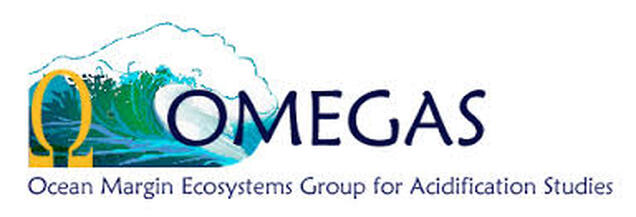Collaborators
PISCO (Partnership for Interdisciplinary Studies of Coastal Oceans) is a large-Scale, long-Term ecological consortium (see piscoweb.org). We focus on the dynamics of the California Current Large Marine Ecosystem, specifically in the area from the intertidal to 10-20 km offshore, an area oceanographers term the inner and middle shelves. Research involves studies in rocky intertidal and the adjacent pelagic environment from the surf zone to a depth of approximately 30 to 50 m, with the goal of understanding benthic-pelagic coupling in, and connectedness among rocky intertidal and subtidal communities. PISCO is funded by the David and Lucile Packard Foundation supplemented by grants from other foundations, NSF, NOAA and Sea Grant. The consortium is led by scientists at OSU, Stanford University, University of California at Santa Barbara, and University of California at Santa Cruz.
OCEAN ACIDIFICATION: Two previous collaborations helped initiate our focus on ocean acidification. These groups included PIs from PISCO, MBARI, UC Davis/Bodega Marine Lab (OMEGAS; Ocean Margin Ecosystem Group for Acidification Studies), and OSU and Sonoma State University (ACIDIC; Algal Communities In Distress: Impacts and Consequences). Both OMEGAS and ACIDIC were supported by NSF from 2010 to 2014. Our goal in OMEGAS was to investigate acclimation and adaptation of sea urchins and mussels to a mosaic of ocean acidification along the CCLME, and in ACIDIC, was to investigate responses of calcifying algae and associated macrophytes to OA in the northern CCLME. OMEGAS established the first large-scale network of sensors to document patterns of OA in the inner shelf region of the California Current upwelling ecosystem. In both cases, research remains underway to address these critical problems.

